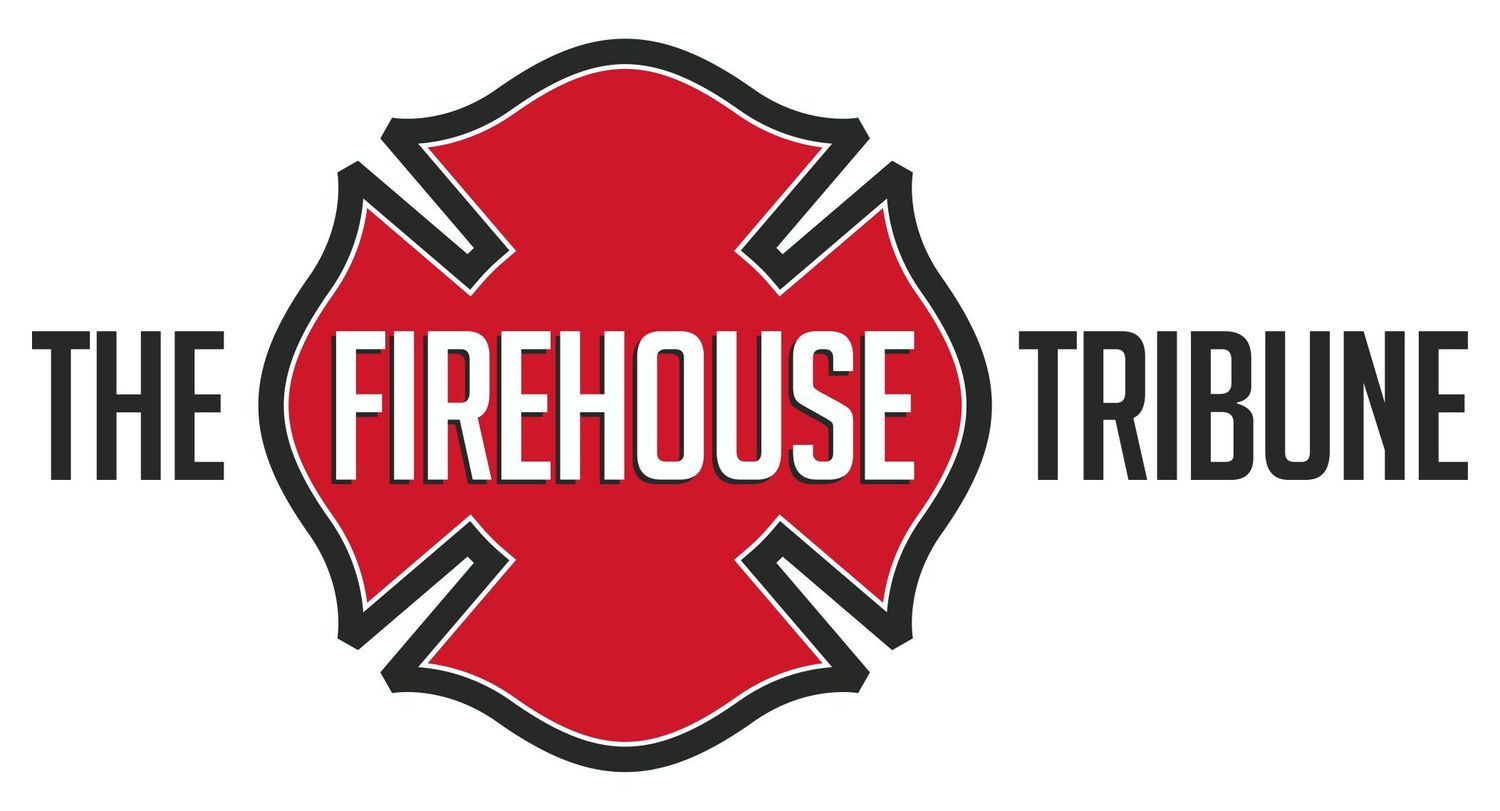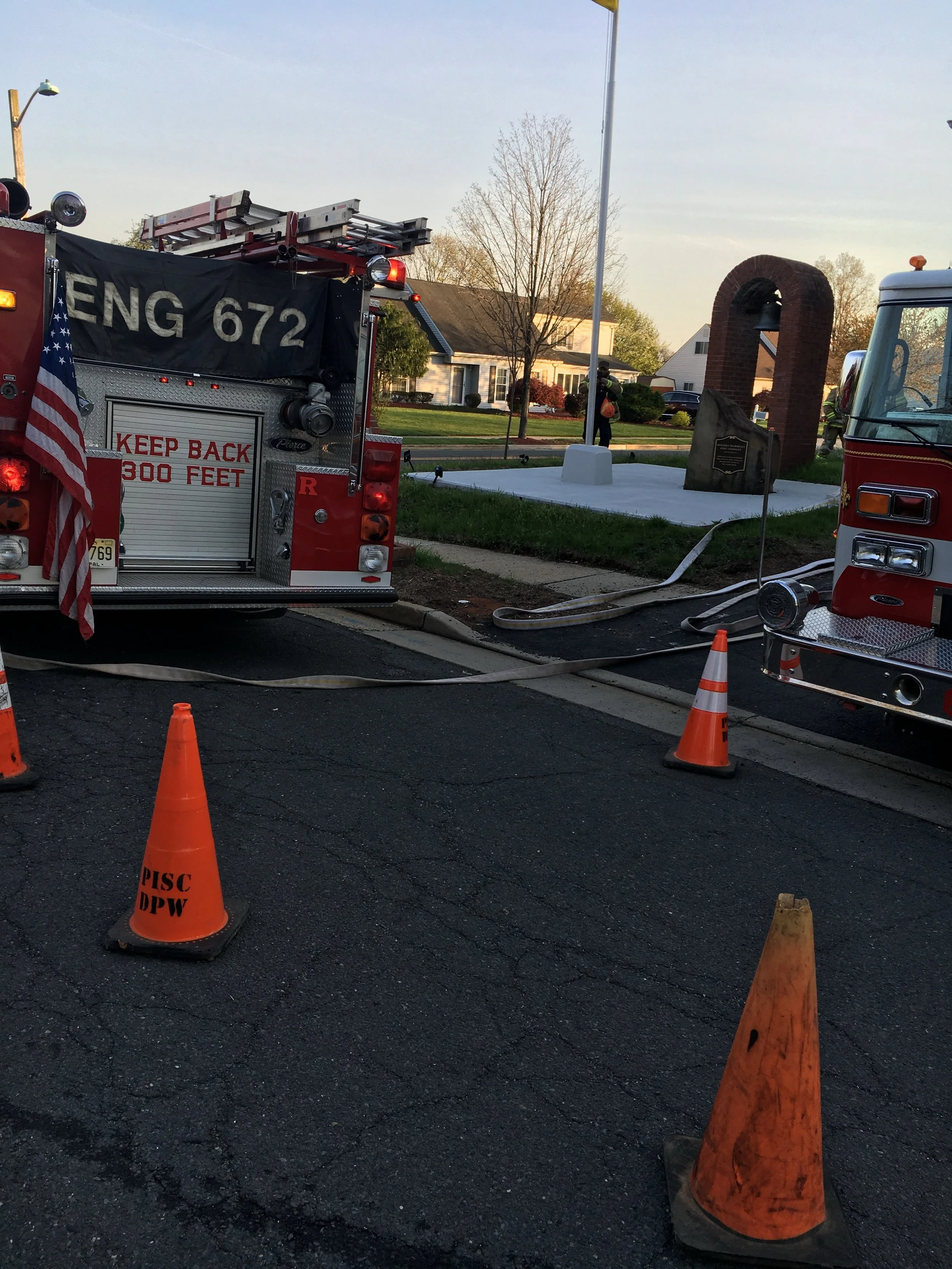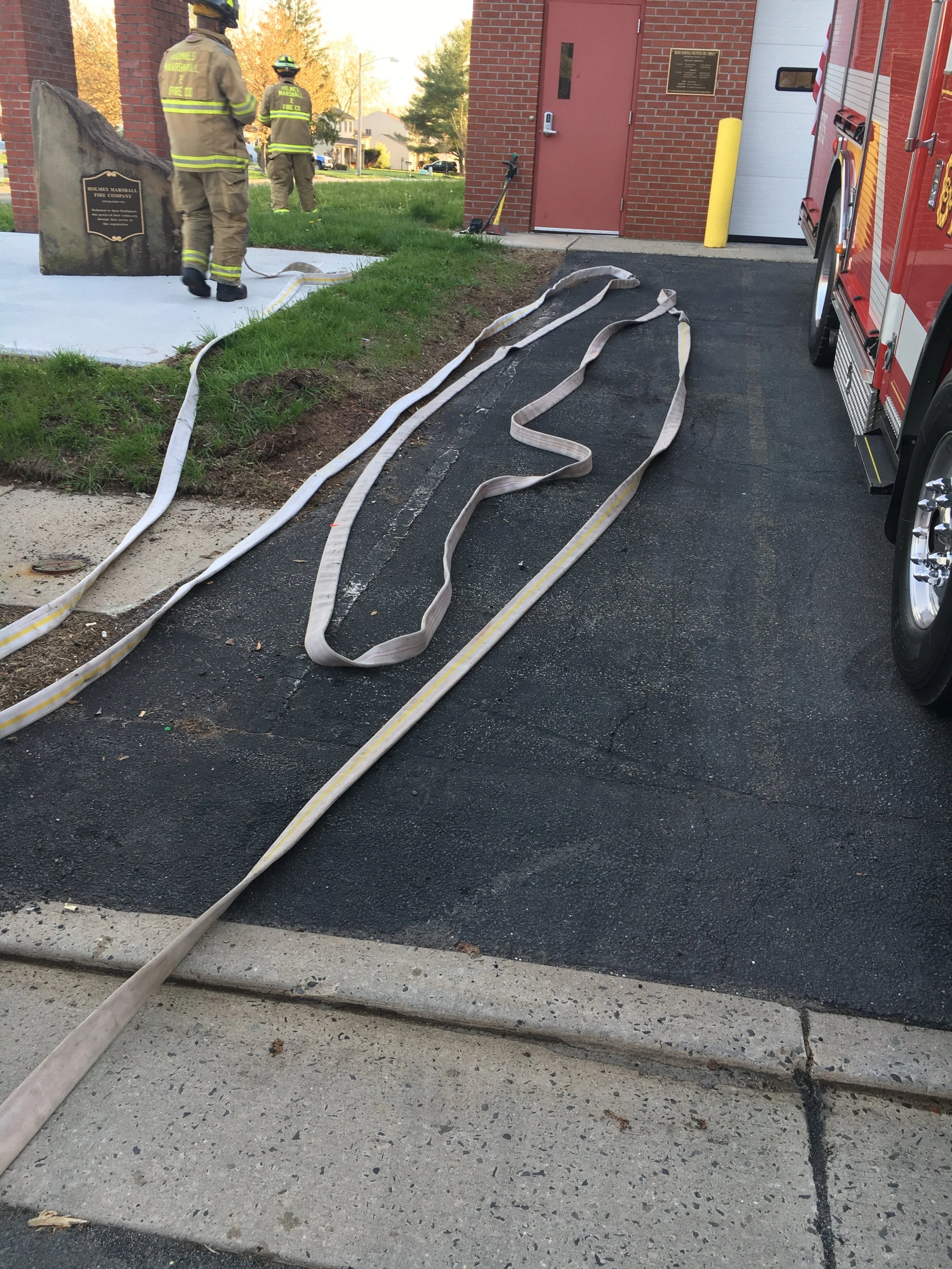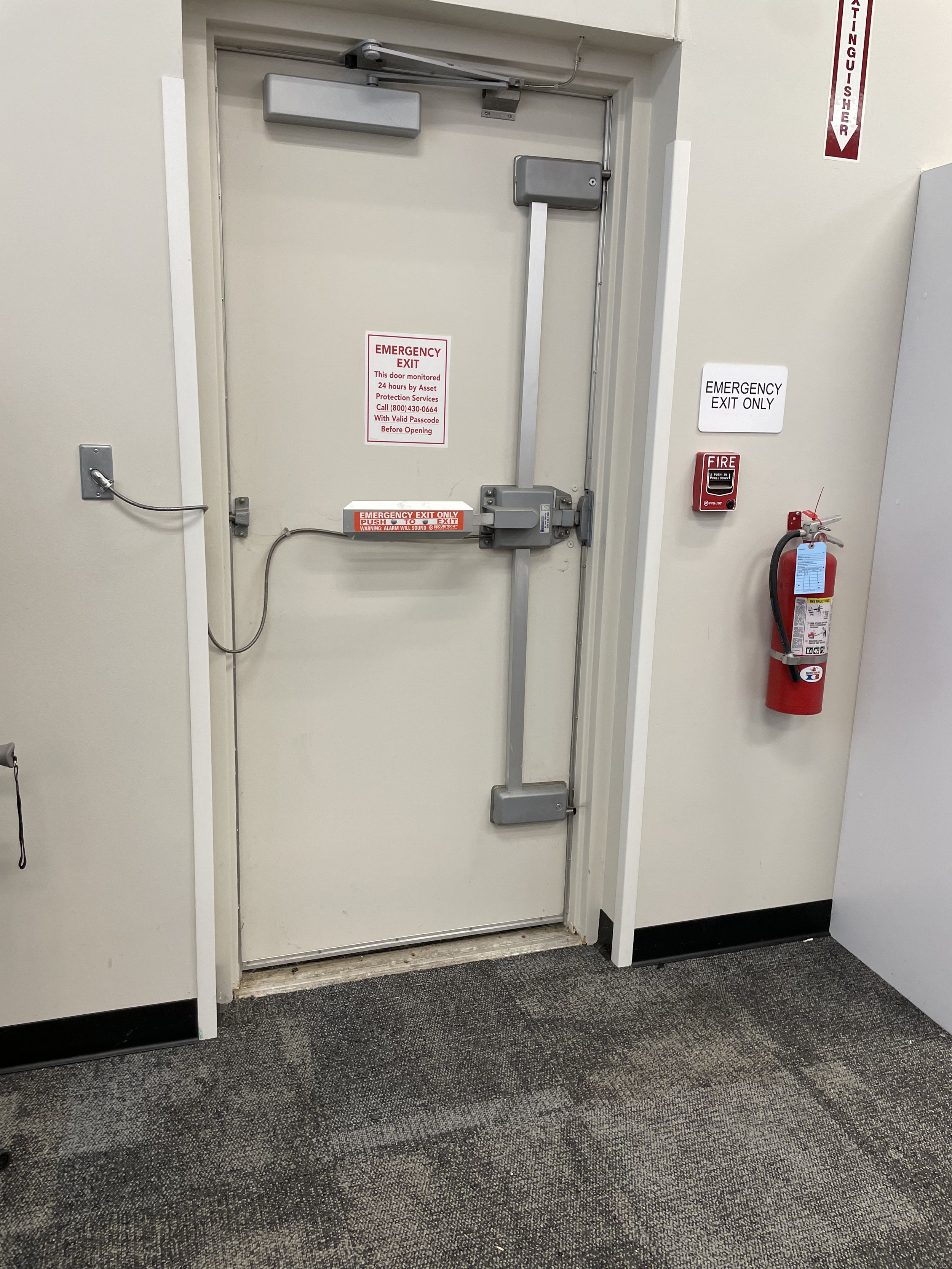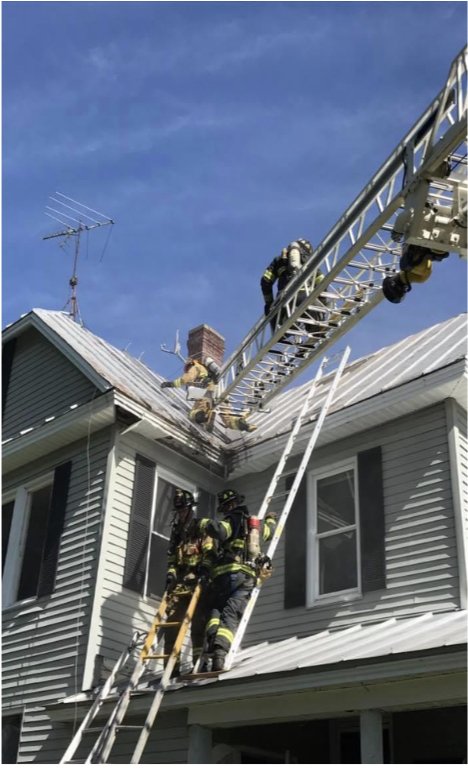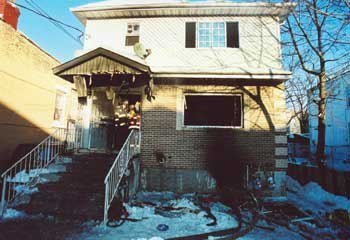Understanding Flow Path for Engine and Truck Company Operations
Understanding the flow path is crucial for safe and effective fireground decision-making and firefighting during a fire. Firefighters need to understand how and when to alter the flow path in order to perform a safer and more effective fire attack. Furthermore, in order to protect and save lives, it is imperative firefighters understand how to proper size-up the flow path and how it works.
In order to do this, firefighters and fire officers must size-up the structure upon arrival and have a solid understanding of our main firefighting objectives - RECEO_VS (rescue, exposure, confinement, extinguish, overhaul, ventilation and salvage). From this, understanding the building construction along with a solid understanding and working knowledge of fire behavior and reading smoke will allow firefighters to effectively build sound fire ground tactics for fire attack/suppression and search & rescue - both of which are critical to understanding flow path. All of this has been outlined and detailed in my book, "The 5-Tool Firefighter"
To stat this off, what is flow path?
Flow path is the movement of heat, smoke and air from high-pressure areas to low-pressure areas inside and outside of a building. When fire starts, it releases heat which increases the pressure near the fire. Since the pressure is mostly nearest to the seat of the fire causing a pressure difference in the atmosphere, the heated gases move upward and outward.
Here is a few examples of flow path:
If the fire is above with no opening for smoke and heat to escape, it will eventually bank down below the floor. When opening the door, the smoke will clear out.
If the fire is below you, the smoke is filling the house at entry level and above. When opening the door, smoke will begin to escape and thin out.
If the fire is on the same floor and there is no exit for smoke, you will end up with a bilateral flow. Smoke will then exit the upper half of the door and clean air will be pulled through the bottom half.
Definition: bilateral flow is smoke and heat moving out of a building through a single ventilation point, with fresh air being drawn in from the bottom.
Engine Companies
As we continually say, "as the line goes, the fire goes" and this is 100% factual when discussing flow path and determining the appropriate line size for the initial fire attack. This is also just as important as to determine the appropriate entry point for the initial attack crew. Even though the initial attack crew, just like the initial search crew, must be quick paced, there are various questions that this crew especially the engine company officer needs to keep in mind.
Reading smoke. What is the smoke telling me about the conditions in the room?
Location. From out entry point, how far are we in the structure to the seat of the fire?
Neutral plane. Where is the neutral plane?
Engine companies must understand the science behind the fire to adequately work within the flow path but should also remain aggressive in the approach to fire suppression.
Truck Companies
Performing the initial search at any fire is like taking one step forward and two steps back. It is quick, aggressive and highly dangerous. However, it is a critical first step to protecting and saving life. Here are a few things to keep in mind when operating in this capacity.
Where is the last known location or best possible location of the victim in this structure?
From that location, what is the best route of travel to locating and extricating that victim (quickest route)?
What if there is no hoseline in place?
Unfortunately, there are times when search crews may need to operate without a hoseline in place or being put into place based on the situation at hand, arrival times and the list goes on. In order to do this, search crews must understand how to operate within the flow path, isolate the search room based on the building and what the smoke and fire are telling you. Without this understanding, the success of the assignment is slim.
To understand all of this takes time, practice and hours of dedication to your craft. Each incident is different no matter how many times you respond to a fire, each fire will behave differently from the others. Fire officers and firefighter must take the time to understand what the incident is telling you and be ready with proactive decision-making in order to respond ahead of the curve and operate safe and efficiently within the parameters of the incident.
Until next time, work hard, stay safe & live inspired.
